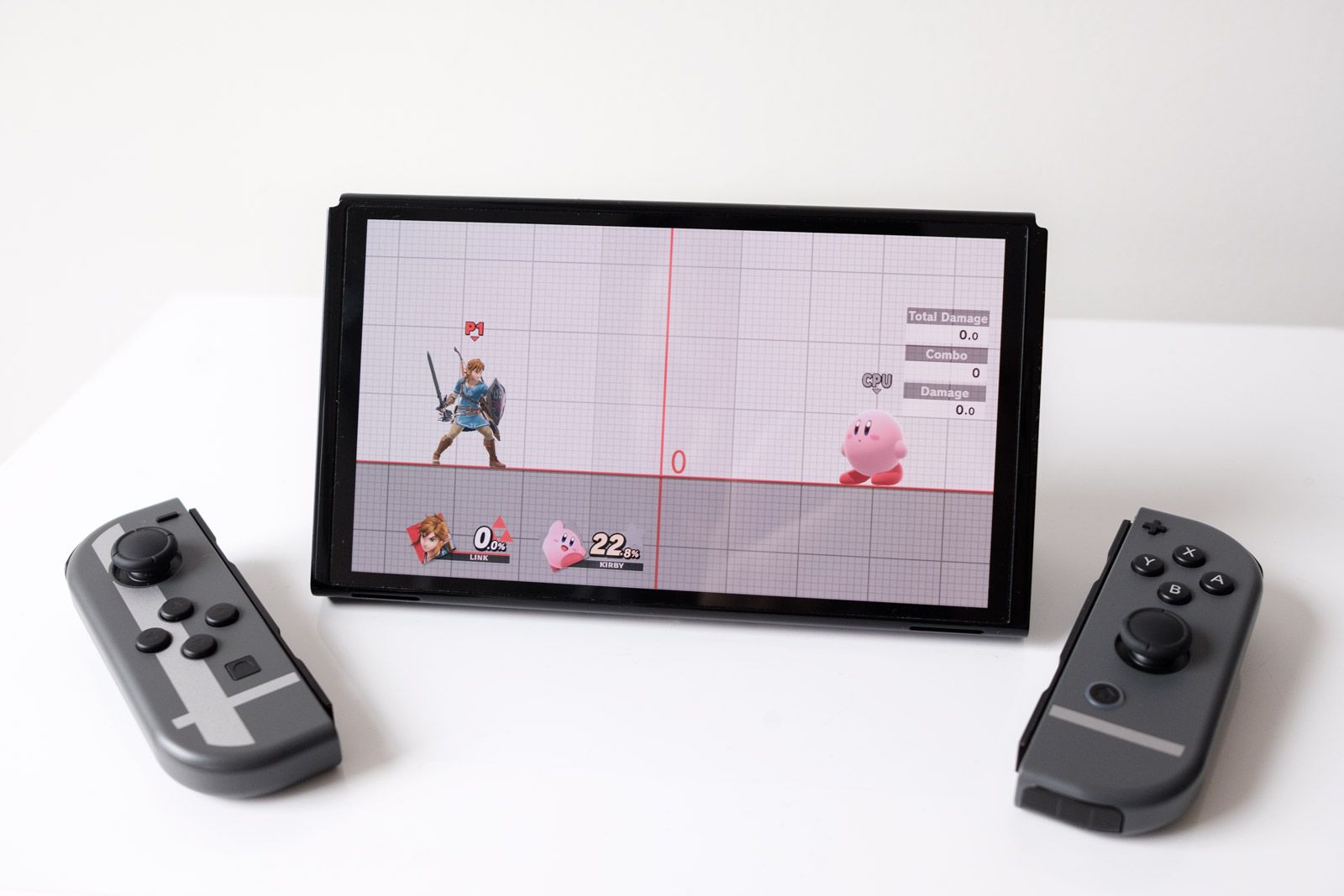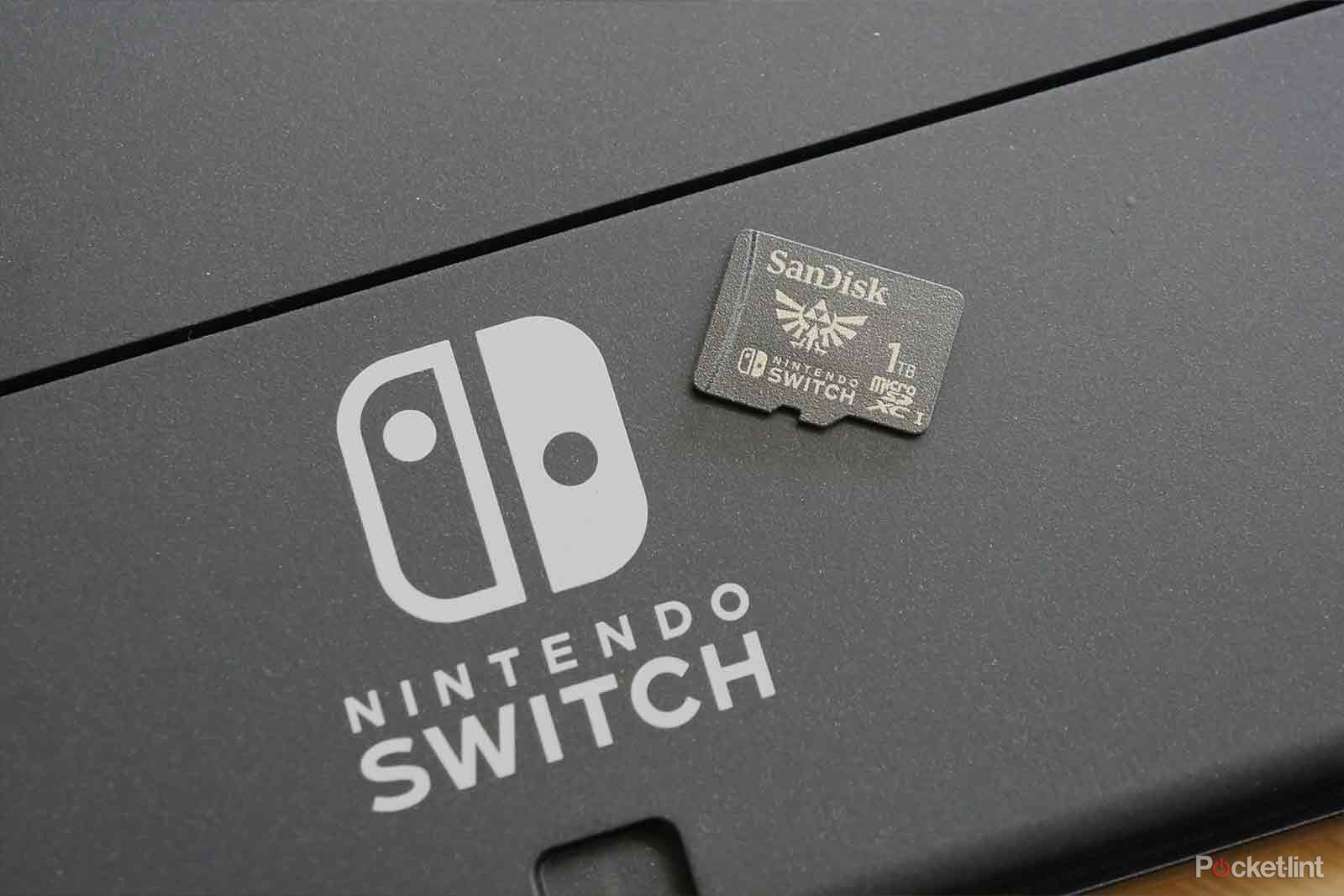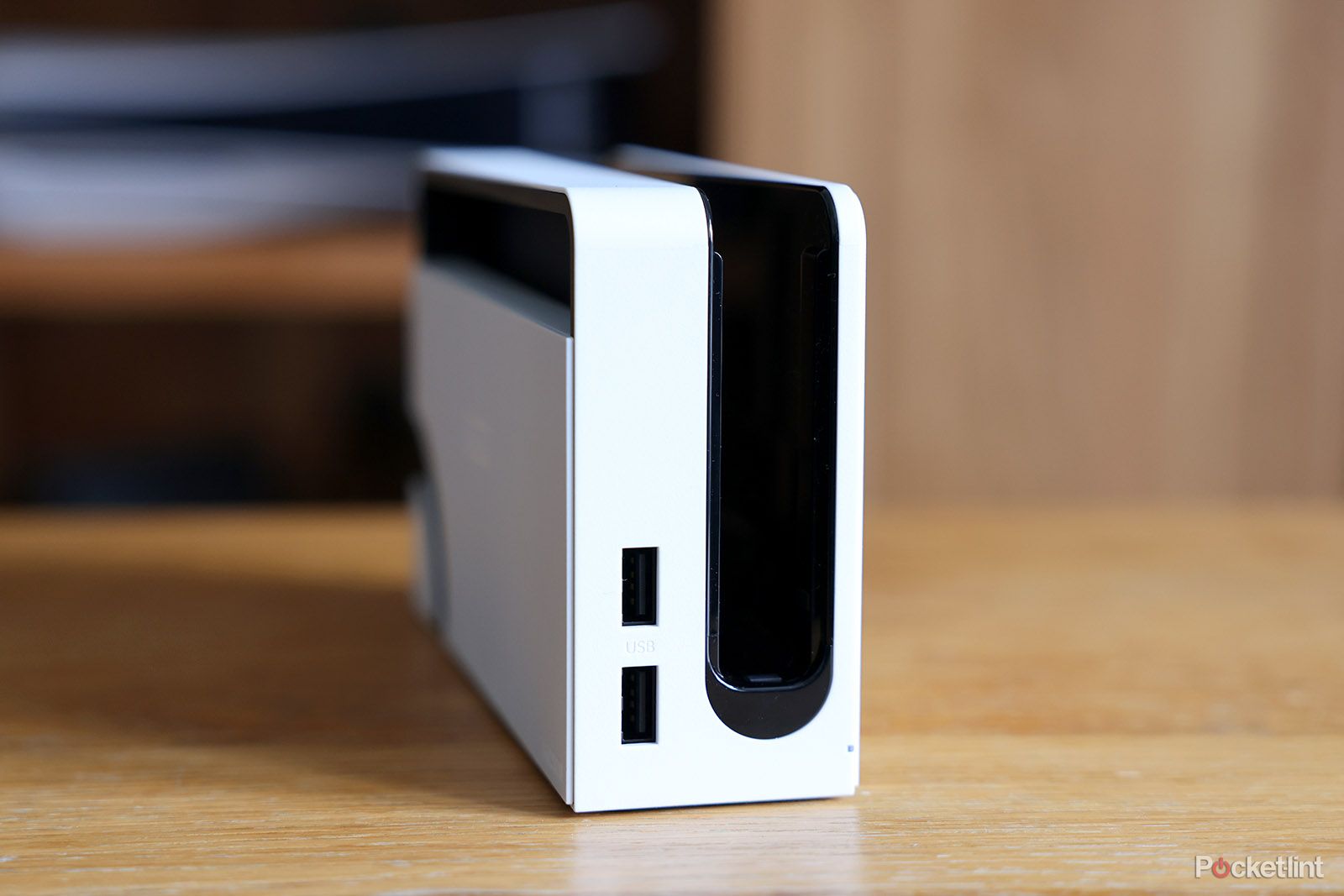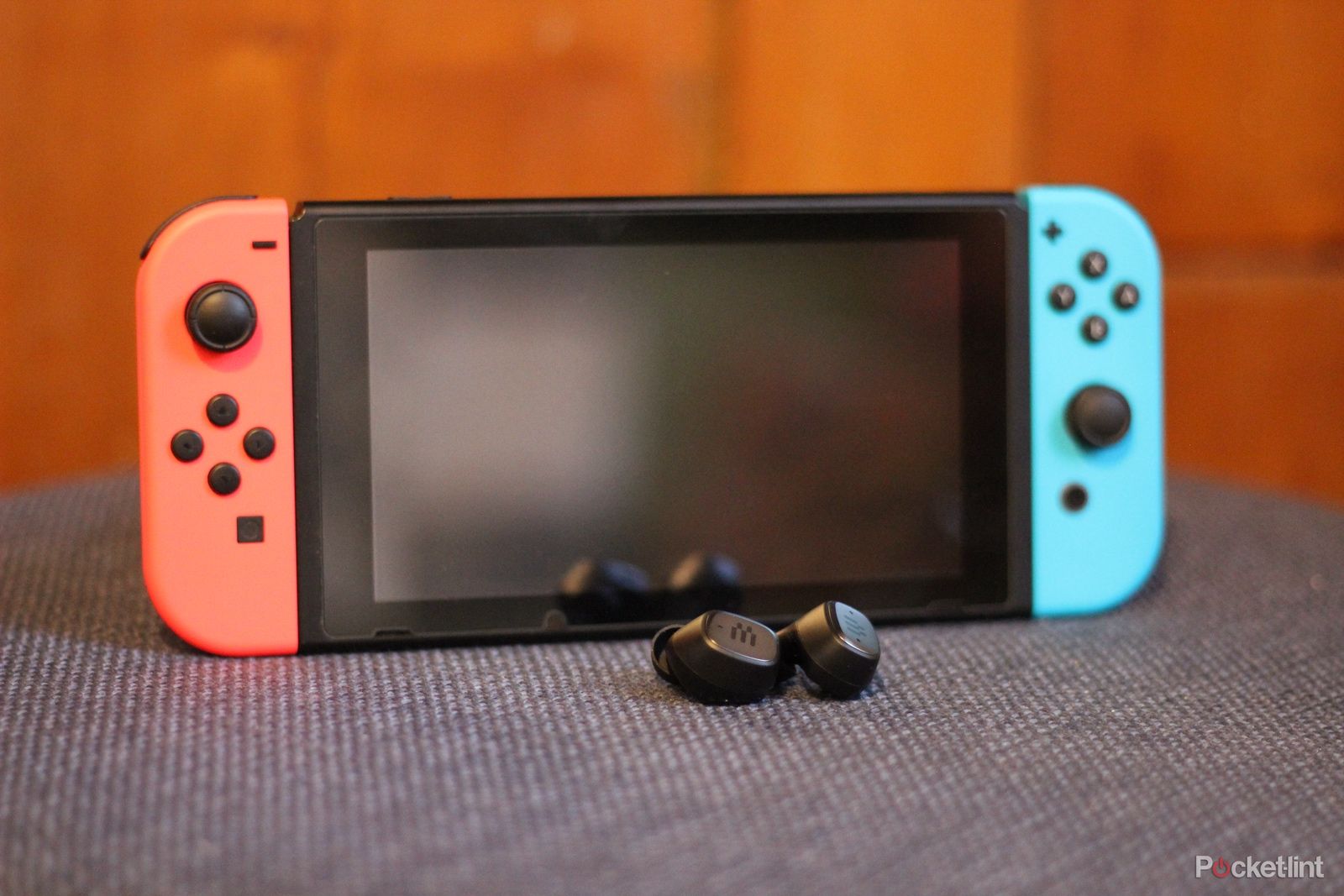-
Nintendo Switch OLED
The latest Switch models makes a hugely telling upgrade to its screen for a transformative change in presentation, but runs all the same games as the standard version.
-
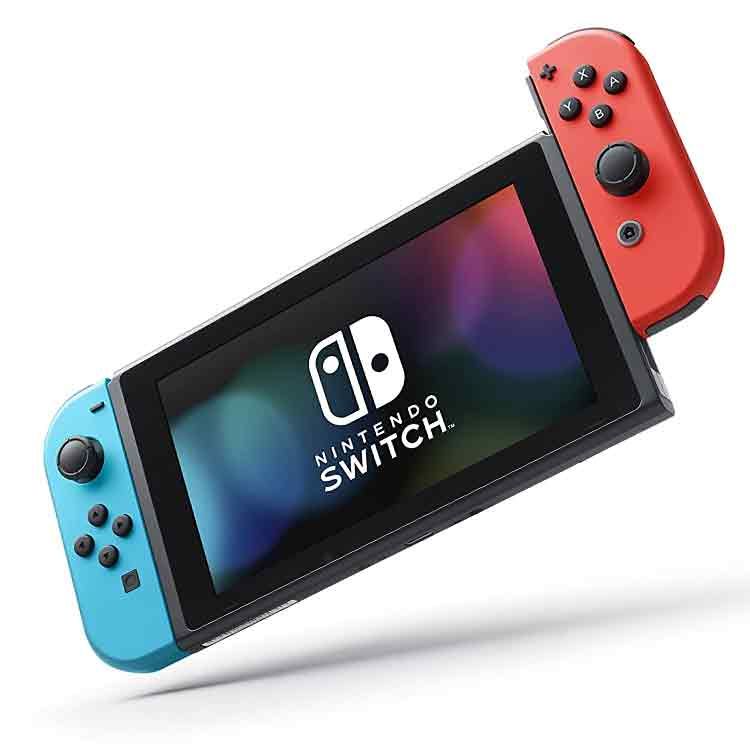
Nintendo Switch
It’s now pretty old, but the Switch still represents great value and is more affordable than its OLED sibling, with access to an identical library of titles and the same performance levels.
Key Takeaways
- The Nintendo Switch OLED offers a larger, more vibrant screen with improved contrast and color accuracy.
- Both models are essentially the same internally with identical chipset, RAM, and battery life.
- For existing Switch owners, upgrading to the OLED may not be necessary, but new buyers should opt for the OLED model.
Nintendo struck gold when it launched the Nintendo Switch in 2017. In the years since, it has somehow never managed to lose steam and is second only to the DS line of systems in terms of overall sales. The original design was revolutionary for being both a handheld and portable system, but Nintendo has since offered some slight revisions to that original unit.
Aside from the Switch Lite, the most intriguing model of the Switch has to be the OLED model. The name itself offers a clue as to what separates it from the base unit, but is that the full story? Is it worth upgrading to this one if you’ve already invested in a Switch? Let’s examine the differences to make the best choice.
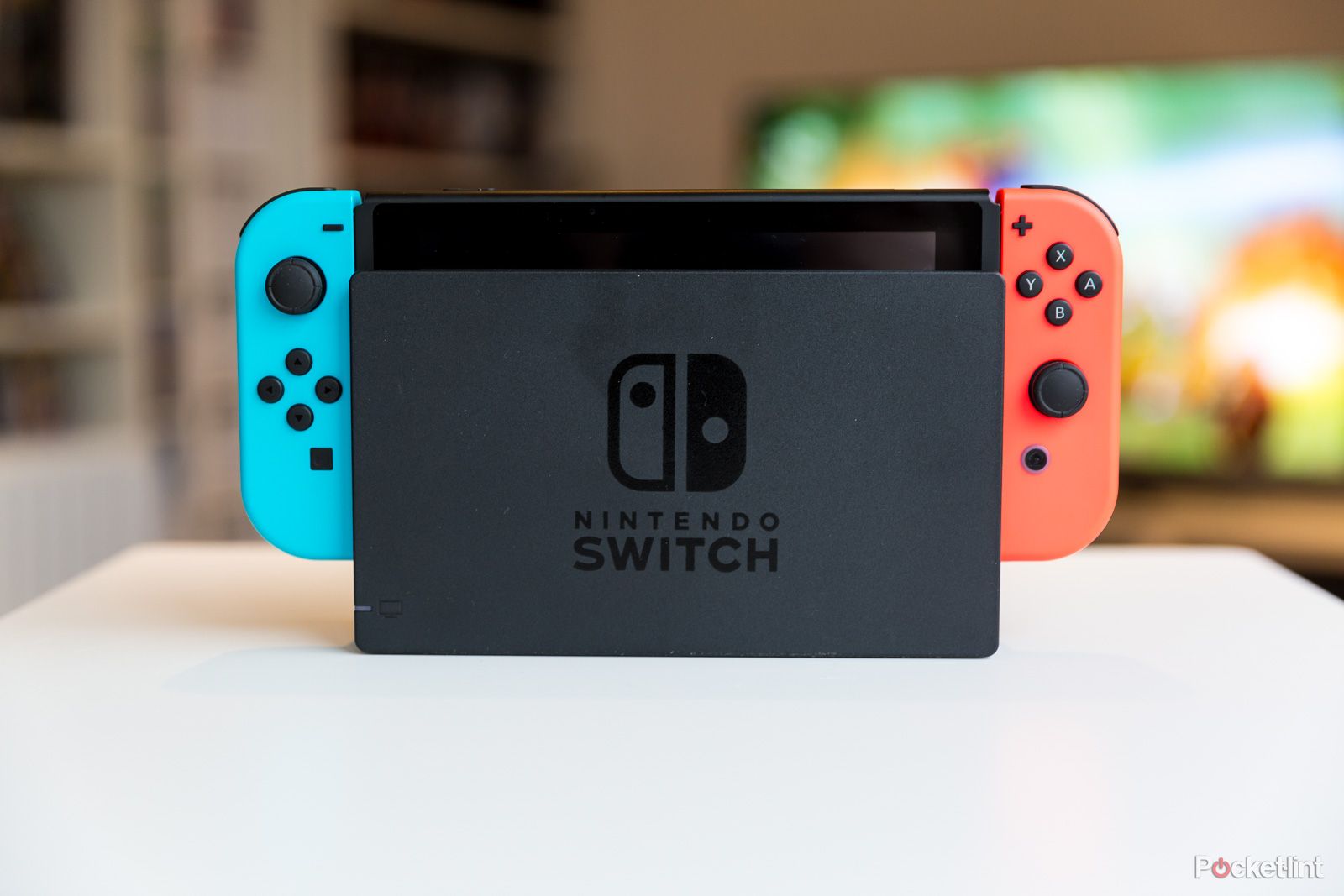
Best Nintendo Switch accessories: Essential travel kit, controllers and more
If you just bought a Nintendo Switch for either yourself or a loved one, your next step should be to look at accessories.
Switch OLED vs Switch: Price and specs
Which has more bang for your buck
There are several key differences between the Switch OLED and the standard Switch that can be succinctly summarized by directly comparing them. The Nintendo Switch OLED offers a number of new features, such as a larger screen. However, beneath the hood, it’s fundamentally the same as the existing Switch.
-
Nintendo Switch OLED Nintendo Switch Dimensions 102 x 242 x 13.9mm 102 x 239 x 13.9mm Weight 320g (420g with Joy-Cons) 297g (398g with Joy-Cons) Chipset Nvidia Tegra X1 Nvidia Tegra X1 RAM 4GB 4GB Storage 64GB expandable 32GB expandable Headset Compatibility Bluetooth and wired Bluetooth and wired Display 7-inch OLED 6.2-inch LCD Output resolution 720p (handheld), 1080p (TV) 720p (handheld), 1080p (TV)
The Nintendo Switch OLED and the standard Switch share many similarities. Both are powered by the same Nvidia Tegra X1 chipset with 4GB of RAM and offer identical battery life. Their visual output is also comparable, with both providing 720p resolution in handheld mode and 1080p when connected to a TV. This ensures a consistent gaming experience, whether you’re using the OLED model or the standard one.
What’s impressive about these two models is their compatibility. Since they share the same core specifications, all Nintendo Switch games are playable on both, and accessories like the Joy-Con controllers can be interchanged with ease. This compatibility allows Switch owners to transition between models seamlessly.
Despite these similarities, the OLED version distinguishes itself with its larger and more vibrant screen and additional storage space. Both versions are packaged with everything needed to start playing: a dock, two Joy-Con controllers, and a Joy-Con grip for a traditional controller experience.
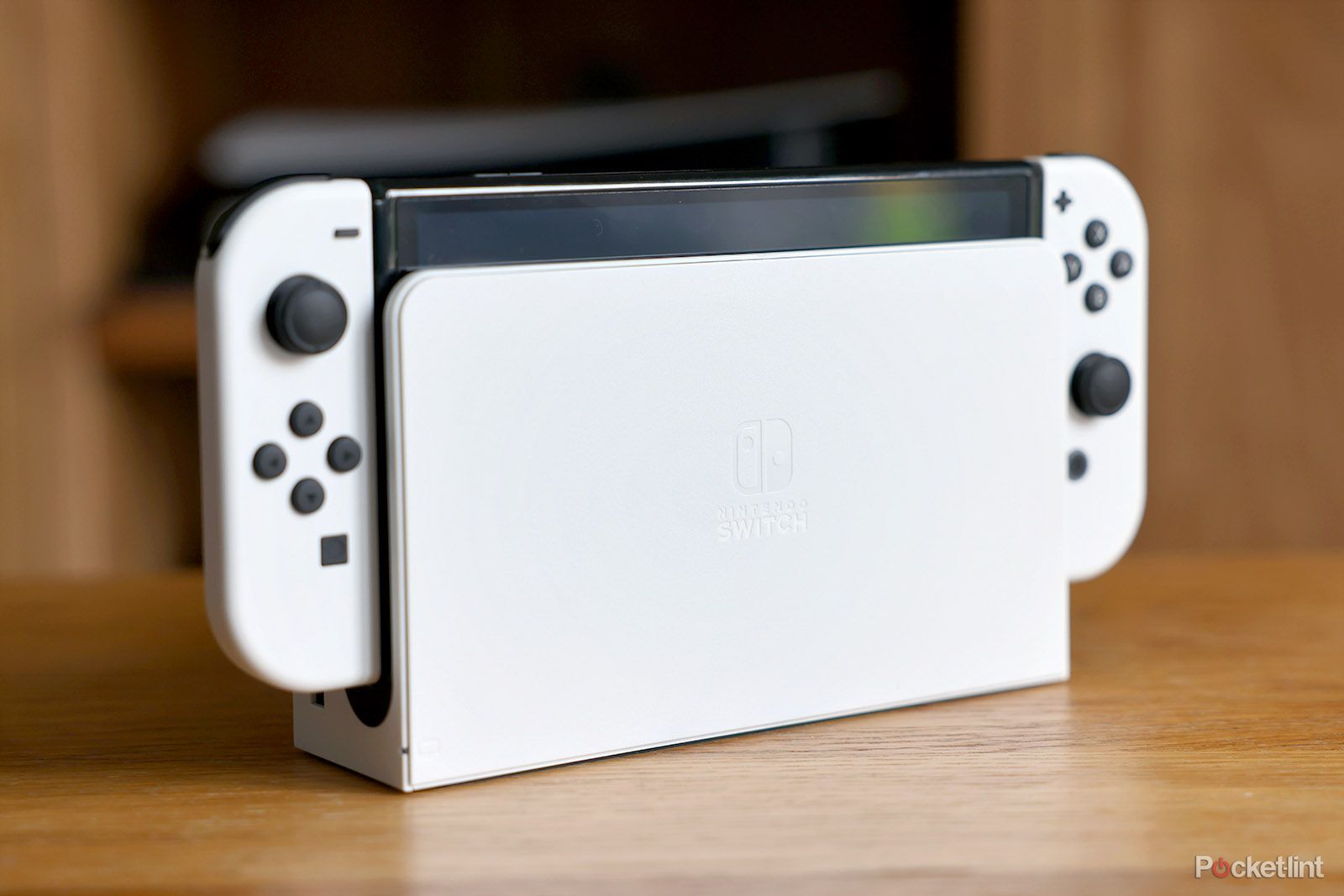
Nintendo Switch 2: Everything we know so far
A new Switch is on the way. There’ve been leaks about its specs, features, price, release date, and more. Here’s some of the more credible rumors.
Switch OLED vs Switch: Design
There are a few key differences between the Nintendo Switch (OLED model) and the original Switch.
Size and weight
The Nintendo Switch OLED and the original Switch are similar in size and weight, with only minor differences.
The OLED model boasts a larger screen while maintaining the same console height, achieved by reducing the bezel size. This design choice ensures compatibility with the Joy-Cons. Though the Switch OLED is marginally longer and slightly heavier, these differences are barely noticeable in everyday use.
Built-in kickstand
While the original Switch features a built-in kickstand, it’s quite small — approximately 10mm wide — and not particularly effective at supporting the console in desktop mode. The Switch OLED boasts a much sturdier kickstand. It extends across the width of the device’s rear and is adjustable through a wide range of angles, allowing for improved repositioning during desktop play. The MicroSD card slot is conveniently located behind the kickstand on each console.
Color options
While both consoles are available in the classic ‘Neon’ color option (one Joy-Con is blue, the other is red), the Switch OLED also offers a standout white option, which has a nice, clean look. Even the dock is white for this model, whereas it is typically only available in black plastic.
There have been several special edition versions of the standard Switch over the years, as well as a gray variant, and these are now typically produced for the OLED instead, such as the current impressive The Legend of Zelda: Tears of the Kingdom limited edition console.
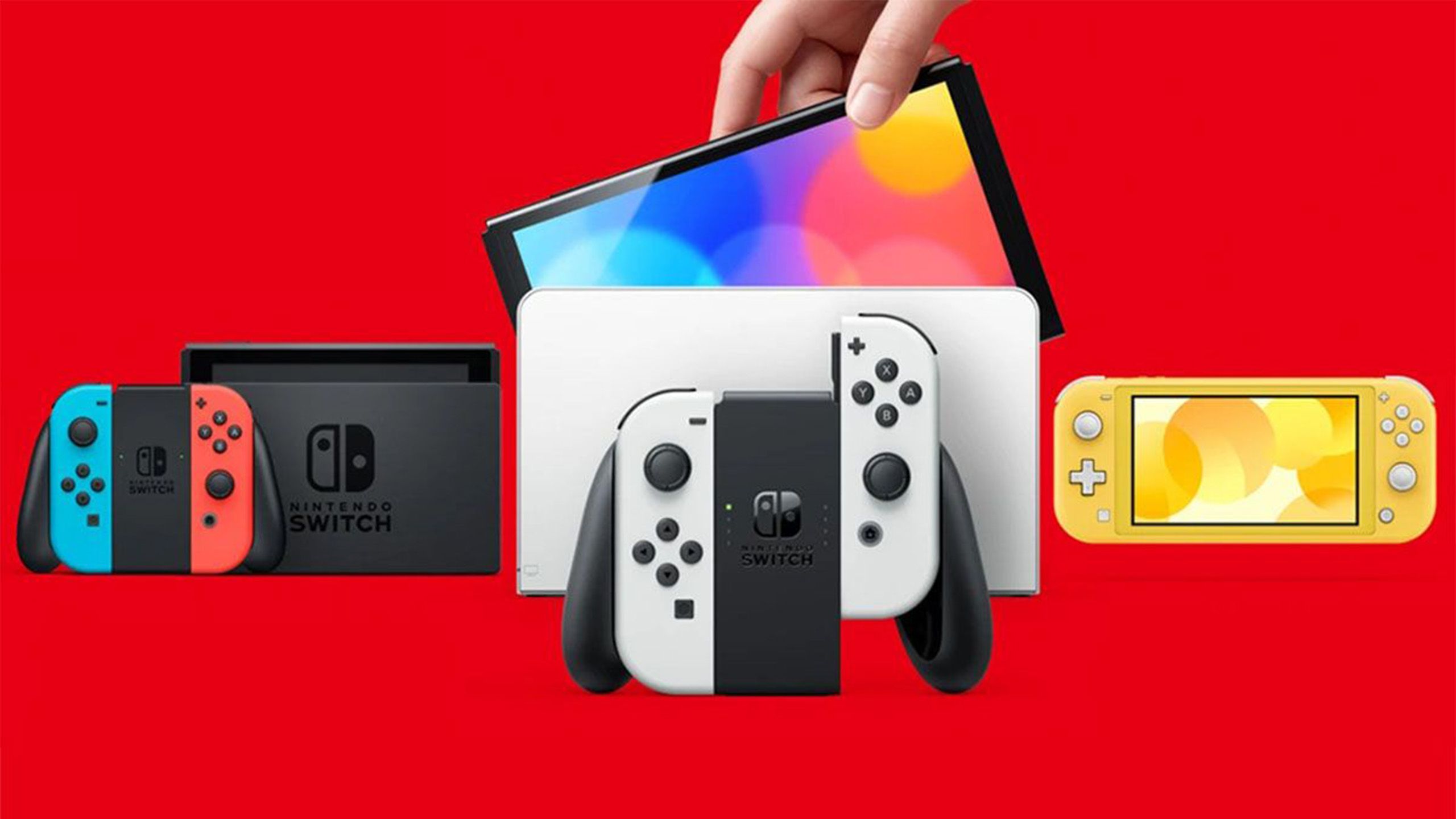
The best Nintendo Switch models: Switch, Lite, and OLED compared
There are three models along with a smattering of special edition models to choose from, and they’re all pretty great.
Switch OLED vs Switch: Display
Pocket-lint
By far, the most significant difference between the models is the display. As suggested by the latest model’s name, it features an OLED panel, which offers better color accuracy, higher contrast, and overall improved picture performance. It also provides a wider viewing angle compared to the LCD panel used in the standard Switch. The OLED panel produces a cooler white output, giving the impression of enhanced brightness and a cleaner-looking image.
Moreover, since OLED pixels are self-illuminating and do not require a backlight, the screen can have smaller bezels (as mentioned earlier). Consequently, the Switch OLED boasts a 7-inch display without increasing the overall size of the console. In contrast, the standard Switch has a 6.2-inch screen.
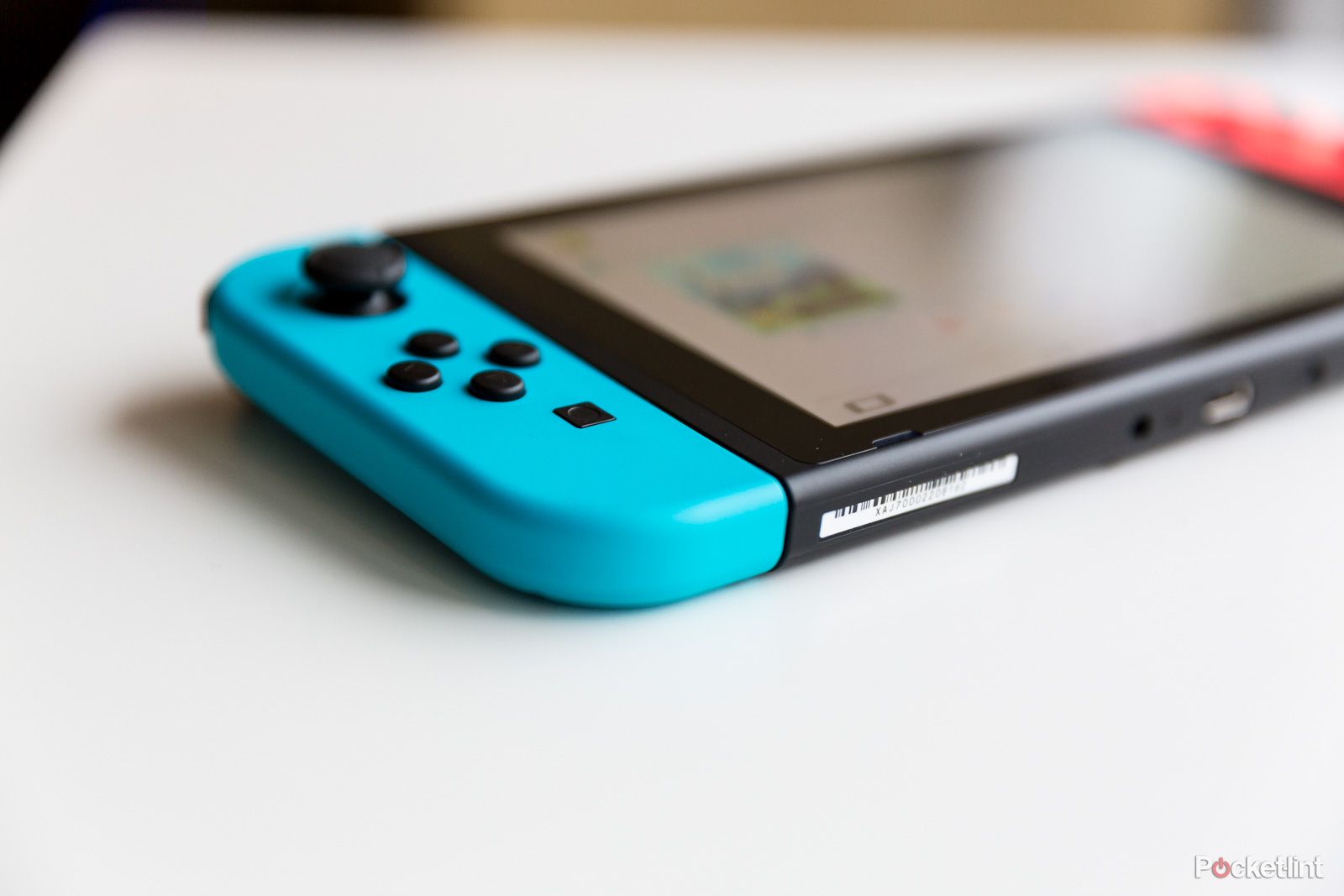
10 free Nintendo Switch games to play right now
Rather than try your luck grabbing random free Nintendo Switch games, check out the 10 best we vetted ourselves.
Switch OLED vs Switch: Storage
Nintendo Switch (OLED model) comes with double the storage capacity, so you will be able to install twice as many games. However, 64GB is still relatively meager, so you will want to buy a microSD card separately anyway — so factor that cost. We consider it a mandatory requirement for the standard Switch.
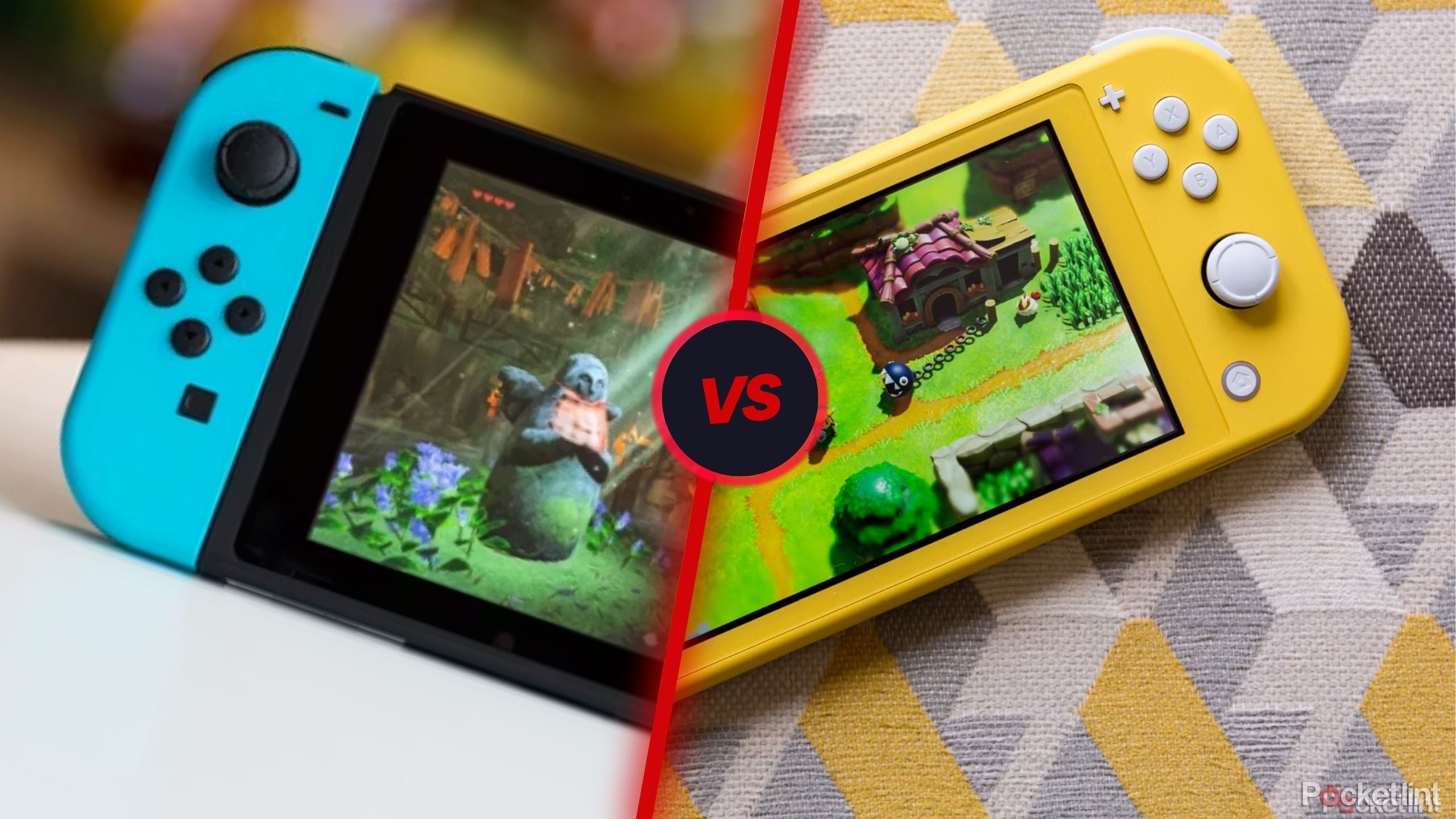
Nintendo Switch vs Switch Lite: What’s the difference?
The Nintendo Switch is insanely popular as is the Lite version. What are the differences and which one should you get?
Switch OLED vs Switch: Dock
Both consoles come with a charging dock that also offers TV connectivity. Each has two USB 2.1 ports on the side and an HDMI output. The significant difference between the standard and OLED docks is that the latter now includes wired internet connectivity through a LAN port, as opposed to the hidden USB socket at the rear of the older Switch. You can connect to the standard Switch only via Wi-Fi.
When docked, both consoles output 1080p60 and support up to 5.1 PCM audio.
It’s worth noting that the dock for the Switch OLED is available for separate purchase and is compatible with the older Switch model.
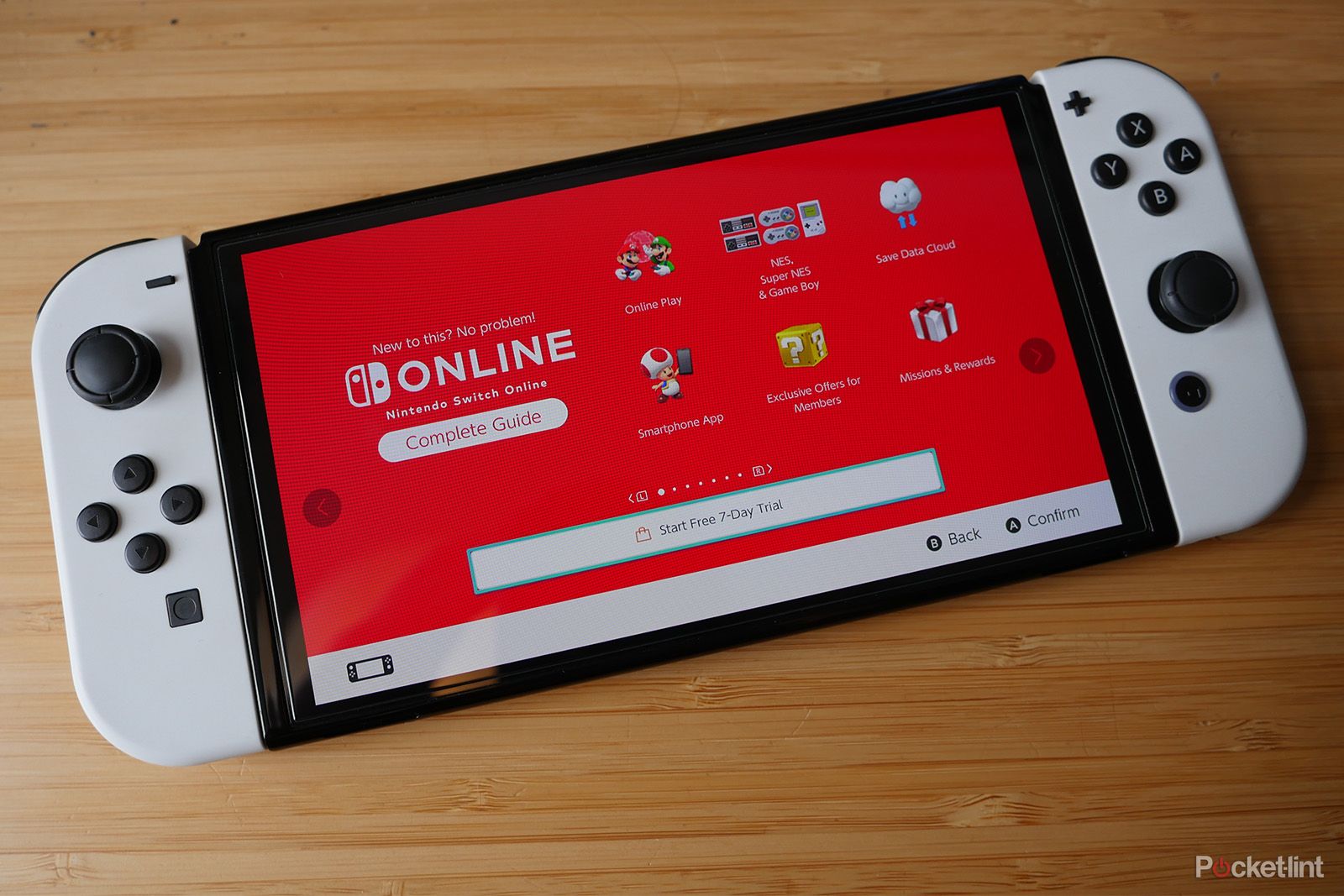
Nintendo Switch Online: Subscription price, game list, and features to know
You can’t play online without Nintendo Switch Online – but the subscription gives you loads more benefits. Here’s what you get for the price.
Switch OLED vs Switch: Audio
The Switch OLED has fractionally enhanced sound output. Its speakers are ported slightly differently, to deliver louder and more immersive sound.
Both come with support for Bluetooth and wired headphones.
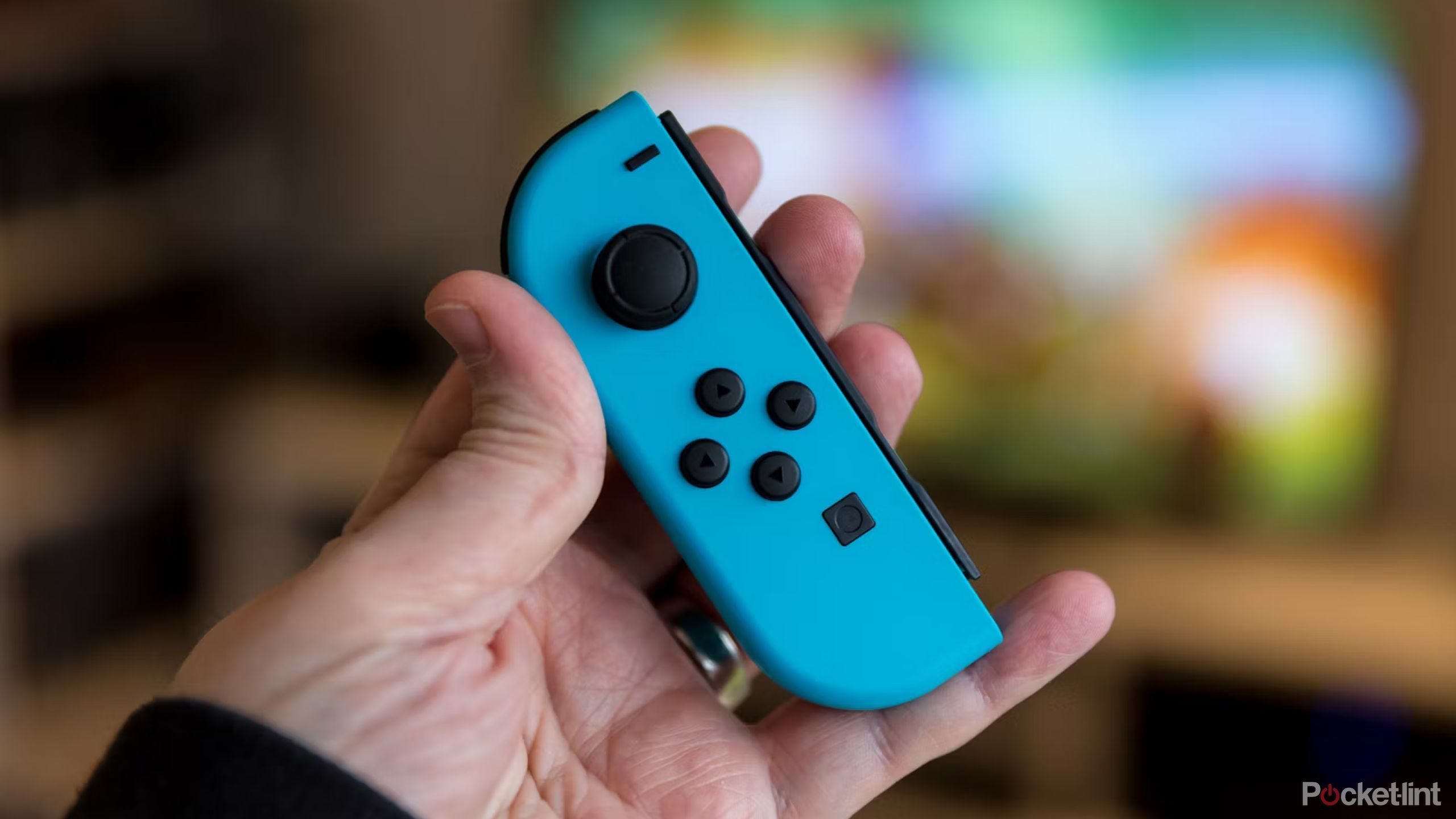
Experiencing Nintendo Switch Joy-Con drift? How to fix it yourself
There’s been a lot of talk about Nintendo Switch Joy-Con drift, but what is it? And, if you’re experiencing it, what can you do about it?
Switch OLED vs Switch: Which should you buy?
OLED all the way
If you already own a Switch, upgrading to the OLED model is a tough sell, especially if you mostly play on the TV, where you’ll notice almost no differences.
However, for new buyers without an existing Switch, there’s no competition in our minds. Having used both extensively, the OLED model is undoubtedly the best you can get. You will need to stretch your budget, as it’s $50 more expensive than the standard version, but we think it’s worth it — the screen really is that good. That said, if you don’t have the extra cash, the original Switch is still an awesome machine.
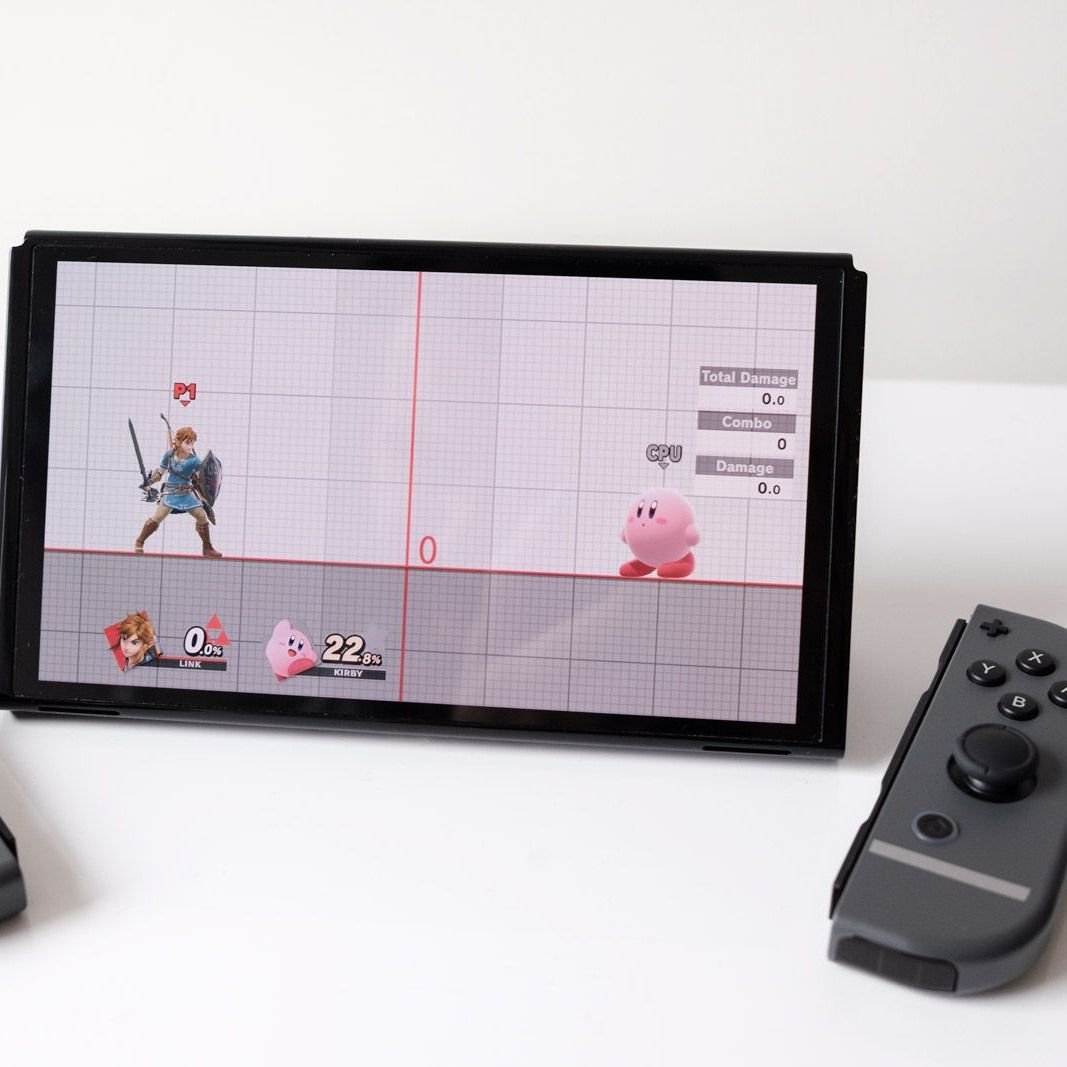
Nintendo Switch OLED
Our pick
It’s the best Switch for our money, offering the best of all worlds.
- Dimensions
- 102 x 242 x 13.9mm
- Weight
- 320g (420g with Joy-Cons)
- Chipset
- Nvidia Tegra X1
- RAM
- 4GB
- Storage
- 64GB expandable
- Headset Compatibility
- Bluetooth and wired
- Display
- 7-inch OLED
- Output resolution
- 720p (handheld), 1080p (TV)
Trending Products

